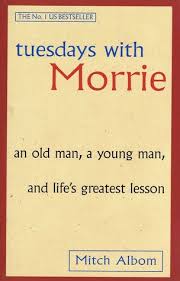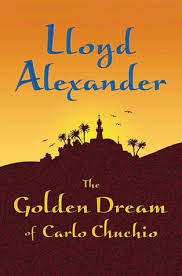
Philip Hall Likes Me. I Reckon Maybe.
Bette Greene (Juvenile Fiction)
There are a few things that Elizabeth “Beth” Lorraine Lambert cannot stand: being cheated, allergies, being told she can’t do something because she’s a girl, and giving that low-down dumb bum of a polecat Philip Hall the satisfaction of beating her at anything. Truth be told, Beth is smart—really, really smart—but when it comes to Philip Hall, she can be kind of a dumb bum, too. But Philip is the cutest boy at J. T. Williams School and with that dimpled smile…does it really hurt if Beth lets him win at a few things every now and then?
Haven’t most of us, at one time or another, happily played the part of “chump” when it comes to being noticed or liked by someone that we felt was a bit out of our league? Whether that someone was too good looking, too popular, too smart, too athletic, or just too…well…too. For one reason or another, we sacrifice self-respect for the opportunity to just be around that person. Well, our young Beth Lambert is no different, but the good news is, she knows it and better still, she realizes that the long-term rewards that come with being yourself greatly outweigh the temporary benefits of being around someone who’s not even seeing the real you, but rather a lesser, compromised version of you.
I’m always drawn to books that feature plucky female protagonists: Anne Shirley (Anne of Green Gables), Dovey Coe (Dovey Coe), Fern Arable (Charlotte’s Web) and Francie Nolan (A Tree Grows in Brooklyn) are just a few of my favorites. Girls and young ladies who have a mind of their own and will not yield to societal norms or expectations. They prove to be intelligent, loyal, resilient, principled, and brave. Beth Lambert is one such girl who not only stands up to turkey thieves and an unscrupulous store owner, but also to her own insecurities that tell her that she has to be inferior in order to gain and keep a friendship. Lucky for us, she realizes the error of her ways and evolves into the kind of young lady that she was meant to be.
Bette Greene shows us the power of believing in ourselves and the gift that comes when someone we respect and admire has faith in us. Beth received such support from her doctor and the few words of encouragement that he offered her allowed Beth to see the possibilities that awaited her and to explore the opportunities that she thought were well out of her reach. I enjoyed Philip Hall Likes Me. I Reckon Maybe. and cheered as our Beth evolved from being a pleaser to an assertive and confident girl that anyone would fall in love with. Even a low-down dumb bum of a polecat like Philip Hall.
Rating: 4/5
*Book cover image attributed to www.scholastic.com
**Want more? Visit our Facebook page at www.facebook.com/thedustyjacket





